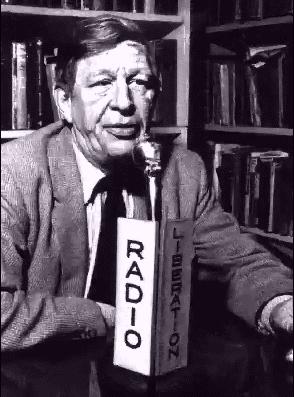|
 |
 |
 |
| Wystan Hugh Auden |
| �������E���n |
| �D�n�����GPoem |
| ��ƴ��Ѫ̡GKate Liu/�B����;Ray Schulte/���ùp |
|
|
|
References
|
| �@ |
| "Musee
des Beaux Arts" (text
and painting) |
| �@ |
 |
Landscape with the Fall of Icarus
|
�@
paintings
with Biblical allusions:

The Census at Bethlehem, based on Luke 2:1-5
(sometimes called The
Numbering at Bethlehem)
|

The Massacre of the
Innocents
|
| "[Bruegel]
depicted a Flemish village on a cold December evening; the red ball of
the setting sun has begun to slip behind the trees at the
left. Peasants trudge through the ice and snow from all
directions, converging on the inn at lower left, where a crowd has
already gathered to pay its taxes. Amid the bustle, no one
notices the presence of Joseph leading the Virgin on a mule." (144) |
"[Here] another
peasant village has been invaded by an army of soldiers who carry out
Herod's command with cold-blooded efficiency. The villagers
protest and plead in vain as their children are slaughtered before
their eyes. This grim business is supervised by a detachment
of armoured knights in the centre, led by a sinister grey bearded man
dressed in black, perhaps Herod himself, .." (Gibson,144) |
|
| �@ |
| �@ |
�@ |
| "The Unknown Citizen" |
| �@ |
- Is being an
"unknown citizen" as Auden describes it the same with being Dickensen's
"nobody"?
- Besides
The Unknown Citizen," "Disillusionment of Ten
O'clock," as well as all the stories we have read
("The Lottery," "A & P," "A Rose for Emily," "Paul's Case,"
"Yellow Wallpaper"), also deal with social
conformity. How are their perspectives different?
What are the ways offered in these texts to resist social
conformity? How do we strike a balance between
insisting on our individuality and respecting social norms?
Or do we need to?
�@ |
| �@ |
| �@ |
�@ |
|
|
|
|
